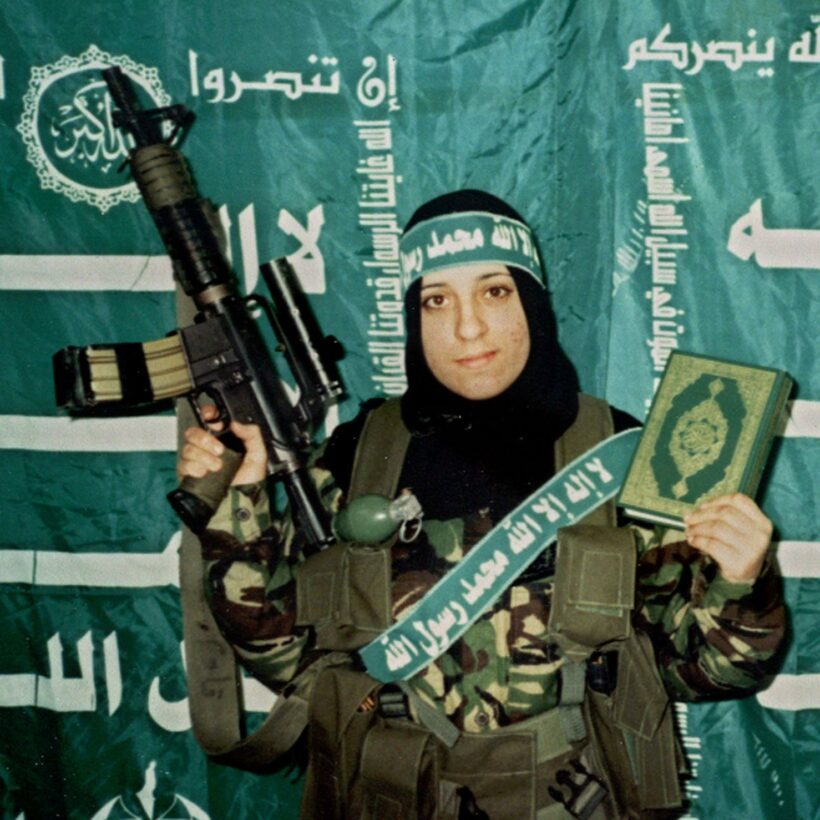Disclaimer: This post reflects solely the opinion of the authors and should not be taken to represent the general views of IPPR’s management/ editorial team or those of fellow authors
Many are guilty of confounding terrorism with armed violence, extremism with Islamism, suicide bombing with Islam, and more generally violence with men. Needless to say, however, reality is seldom so simple, and while these concepts sometimes overlap, it is more often the case that they do not.
I want to begin by clarifying these terms and what they mean in the real world before I explain how suicide terrorism specifically is full of misconceptions.
Terrorism is the “strategic use of violence by an oppositional political group against civilians or noncombatants, usually intended to influence several audiences”. While this definition encompasses many areas related to terrorism, including target and source, it is clearly distinct from extremism and radicalization, which is the “progression of searching, finding, adopting, nurturing and developing this extreme belief system to the point where it acts as a catalyst for terrorism”. Extremism, therefore, is the product of radicalization, and radicalization can but does not necessarily produce terrorism. Within this conceptual framework, suicide bombing is but a tactic used by an organization, and as such, it can be influenced by factors such as radicalization, but not only.
So, what are the causes of suicide bombing, and how are bombers selected? How does this fit into the grid of terrorism and extremism? I attempt to answer these questions here.
There are three main variables related to terrorist organizations which determine their use of suicide bombing as a strategy, and how it selects their martyrs. The first is the organization’s ideology, the second is dependent on the first while remaining distinct and is the organization’s hierarchical structure, and the final one is the organization’s size. These three factors build upon each other and interact to create organizations which are more prone to using suicide terrorism in comparison to others, and all depend on varying levels of radicalization.
With these three variables in mind, I now explain how each one breeds a particular set of circumstances which prompts organizations to suicide bombing as a tactic, and which informs the decisions of which players within the organization are fit for the task (men or women).
Martyrs and suicide bombers
Firstly, and most importantly, the group’s ideological orientation is a large determinant of the use of suicide bombing as a strategy. Religious organizations, for instance, tend to value a culture of martyrdom upon which their political positioning relies. Fighters in such organizations are willing to die for their cause in a grandiose way, in hopes that sacrifice will enhance them in the eyes of God. The socialization process in such organizations is heavily reliant on the willingness to die for the cause and on such deaths being as dramatic, visible and grandiose as possible. Religious organizations, in this respect, are much more likely to adopt suicide bombing as a strategy when compared to say, leftist organizations. Such groups are more likely to demonstrate their rebellion by sabotaging government buildings, and large scale bombings of public spaces, but not through martyrdom. This is because the idea of martyrdom is not so tightly embedded in their group manifesto.
Second, the ideological orientation of the group is also an important determinant of the presence of women in the organization. This then informs the choice of fighters used for suicide bombing. Religious organizations tend to value traditional gender roles, in which women serve as nurses, morale-boosters and other supportive roles as opposed to active fighting roles. This makes women, comparatively, more disposable in the eyes of the organization and therefore more prone to being sacrificed in a suicide bombing operation. Further, because women are perceived generally as naturally nurturing beings, they are less suspicious bearers of weapons and are more easily concealed as suicide bombers in crowded spaces, increasing the impact of such attacks. Conversely, leftist, Marxist or vigilante terrorist organizations’ ideology places a larger focus on the revolution of the status quo and equality of members, which combined with their inferior likelihood of employing suicide bombing as a tactic, means that both men and women are equally likely to be selected for the role.
Gender and hierarchy
This leads me to my next point, which strongly depends on the first; hierarchical structures. Organizations with a clear, vertical hierarchy, are much more likely to employ suicide bombing as a tactic, with lower members being selected for the task. Combined with insights on the effect of religious group ideology and female inferiority in ranks, it seems logical that religious organizations which value tradition—and therefore a clear hierarchy based on seniority and gender—will be more likely to use low-ranking women as suicide bombers. Comparatively, horizontally-oriented organizations are more likely to choose their bombers on other bases, such as track record, experience etc. Group ideology, therefore, also informs clearly a sense of hierarchy, which reinforces pre-dispositions on the practice of suicide bombing and its executors .
Group size and suicide
Finally, when considering the practice of suicide bombing, it is important that we also consider the size of the organization. This aspect is not as clear-cut as the other ones. On the one hand, it appears logical that larger organizations will have more members, and therefore a larger pool of recruits to select from, and more opportunities to dispose of recruits for suicide bombing purposes. On the other hand, such organizations also have a looser trust structure, and suicide bombers are generally well-trusted individuals. They also have greater resources, which might diminish the strategic need for a suicide bombing in the first place. Larger organizations generally are well known, like al-Qaeda or al-Shabab, and have sufficient media traction not to resort to suicide terrorism. Yet, these organizations may resort to it anyway, when their ideological and hierarchical systems are compatible with the idea of suicide bombing as a whole. The effect of group size, therefore, must be considered in unison with other factors. It remains in itself a grey zone in terms of its effect on the use of suicide terrorism.
So, who are our suicide bombers, and why?
It appears that religious organizations will generally use suicide bombing more and that their selection of bombers is largely dependent on the hierarchical structures they adopt. This usually means that women, who are understood as being disposable, or low-ranking officials will most likely be selected. Other forms of organizations are less likely to use suicide bombing in general, but when they do they will most likely select a candidate on bases other than gender. Organizational size most likely has some effect on the choice of candidates but is less obvious than the previous variables.
By Valentina Laugeri,
My name is Valentina and I’m a second year Politics and International Relations student. My interests in the political world are primarily surrounding violent conflict and the various models we use to explain them. I am excited to share my ideas on this blog; I hope you enjoy reading!








